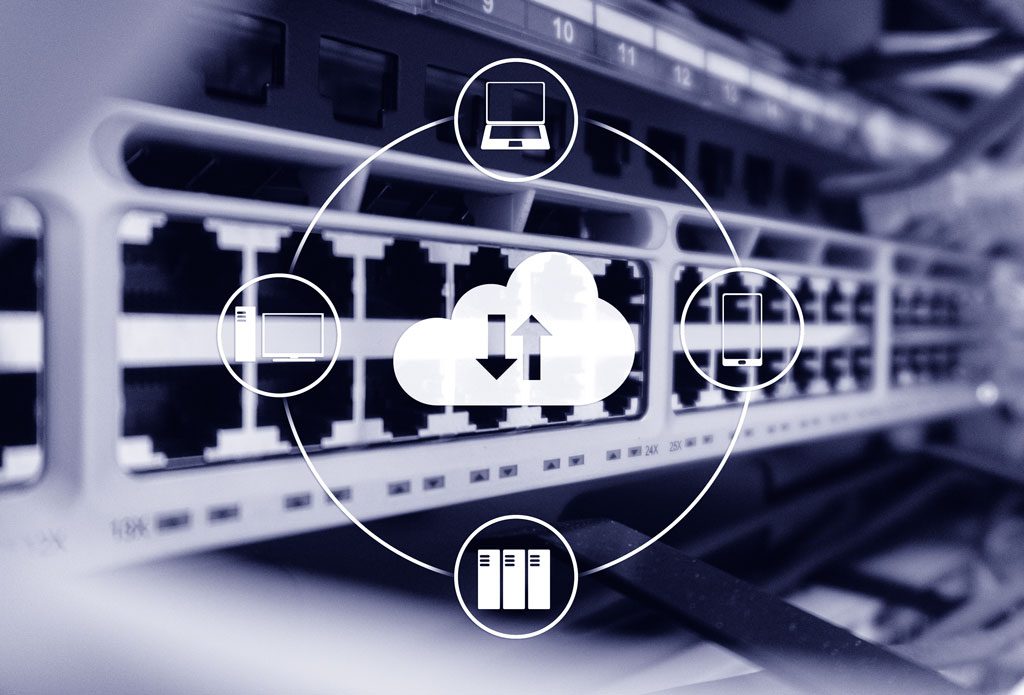Cloud computing has transformed the way businesses and individuals store, manage, and access data. As technology continues to evolve, new trends are emerging that will shape the future of cloud computing. In this article, we will explore the key developments expected to redefine the cloud landscape in 2025.
Key Trends in Cloud Computing
- Edge Computing Expansion
With the rise of IoT devices and real-time applications, edge computing is becoming essential. By processing data closer to the source, edge computing reduces latency and enhances efficiency. - AI-Driven Cloud Services
Artificial intelligence is playing a major role in optimizing cloud solutions. From automated security to intelligent workload management, AI-powered cloud services are making operations more seamless and cost-effective. - Multi-Cloud and Hybrid Cloud Strategies
Organizations are moving towards multi-cloud and hybrid cloud environments to increase flexibility, reduce dependency on a single provider, and enhance disaster recovery capabilities. - Serverless Computing Growth
Serverless computing allows developers to focus on coding without managing server infrastructure. This trend is gaining traction due to its scalability and cost efficiency. - Enhanced Cloud Security Measures
As cyber threats evolve, cloud security is a top priority. Advanced encryption, AI-driven threat detection, and Zero Trust architectures are becoming standard security practices.
Challenges and Considerations
Despite the advantages of cloud computing, challenges such as data privacy concerns, regulatory compliance, and integration complexities remain. Businesses must adopt best practices to navigate these challenges effectively.



